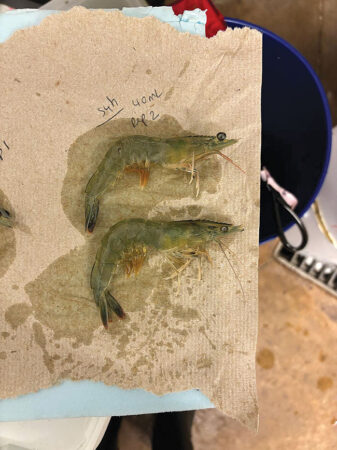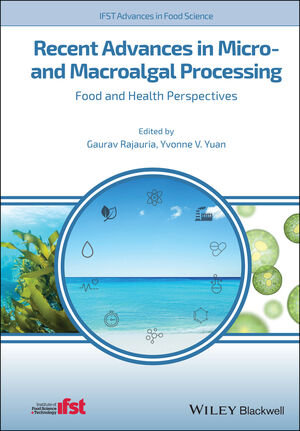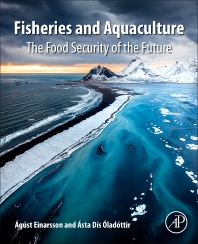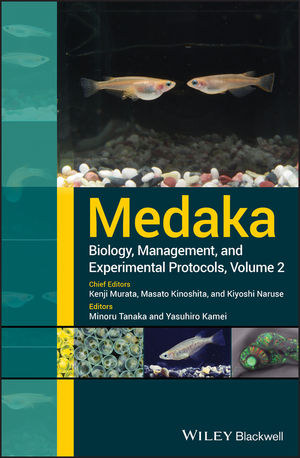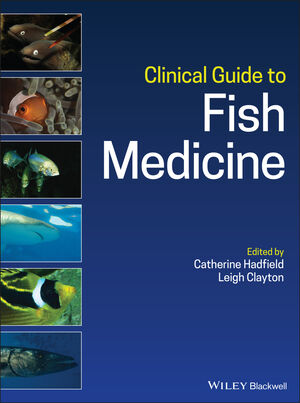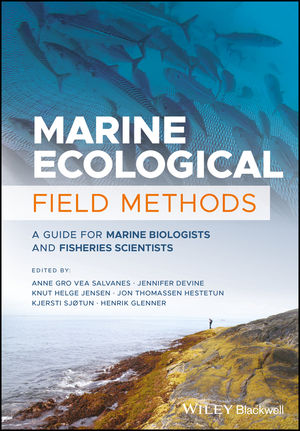
Features
Fish Nutrition
Shrimp
Feed for Thought: Flocs and probiotics: friendly bacteria to the rescue!
April 15, 2025 By Magida Tabbara
 Pacific white shrimp infected with Vibrio parahaemolyticus. Shrimp were weak and lethargic before dying in the culture aquaria.
Photos: Ishini A. Appuhami
Pacific white shrimp infected with Vibrio parahaemolyticus. Shrimp were weak and lethargic before dying in the culture aquaria.
Photos: Ishini A. Appuhami With the beginning of a new year, Pacific white shrimp conserves its status as a high commodity for seafood lovers. Latest data confirm that Pacific white shrimp maintained its position as top produced species through aquaculture, with an average production of 6.8 million tons in 2022. The increased production, along with some captures from the wild, are trying to keep up with the increased demand for shrimp, which is projected to increase by 6.7 per cent every year until 2029. Despite the increased production, the industry still faces a major challenge that impedes its growth and threatens shrimp availability for people who enjoy it as a meal: disease.
Infections are major challenges
Shrimp are aquatic species and share their growth medium with a huge number of microorganisms that thrive in similar environmental conditions. Not all of those microorganisms are beneficial, and a lot of them wait for an opportunity to invade weak shrimp and flourish. Studies have revealed that shrimp, among other crustaceans, lack an adaptive immune system. That means that the organisms have no way to regain immunity from previous infections they might have fought. Such a condition makes vaccination an unviable solution to this industry. Additionally, the major disease that affects shrimp production is viral caused. Unfortunately, no antiviral drugs have been developed for aquaculture yet, especially for such peculiar group as crustaceans. Accordingly, the logical solution would be to fortify the organisms’ already existing immunity.
The main culprits in shrimp disease
Similar to any other species, shrimp disease can be caused by a variety of microorganisms. However, when we discuss shrimp disease and outbreaks, we think of two vicious causes of mortality. Vibrio is a genus of comma shaped bacteria most commonly linked to the consumption of raw or undercooked seafood such as shrimp and oysters. There are several species of Vibrio associated with disease in aquaculture, such as Vibrio anguillarum, V. harveyi, V. ordalii, and V. parahaemolyticus. Vibrio parahaemolyticus is the main species of Vibrio associated with shrimp mortality, being the causative agent of acute hepatopancreatic necrosis disease, also known as early mortality syndrome. Worldwide shrimp losses as a consequence of early mortality syndrome are estimated to be around US$43 billion.
The other culprit in shrimp disease is Whispovirus, the causative agent of white spot disease. The virus can affect other crustaceans such as crayfish, and its characteristic sign is white spots that appear on crustaceans’ carapaces. The onset of infection starts with inevitable stressors shrimp can encounter during regular aquaculture activities, such as water quality fluctuations or crowding when animals are raised at higher densities. White spot syndrome virus is very easily transmissible and can easily wipe down huge stocks of shrimp in as quick as three days. Certain studies have estimated that white spot disease reduced worldwide shrimp production by 15 per cent if not more. Unfortunately, no known methods can help treat the disease, and it remains, along with early mortality syndrome, a huge challenge pushing against shrimp production.
Friendly bacteria are a solution
Laboratory observations showed a reduction in shrimp mortality when raised in a biofloc system. Such a system helps improve water quality, recycle nutrients, and grows a beneficial microbial community that boosts shrimp growth and immunity. The idea behind a biofloc system is that beneficial heterotrophic bacteria thrive on nitrogen and carbon within the system. Those “flocs” have the potential to recycle ammonia and nitrite into nitrate, the lesser toxic form of nitrogen in water, which improves water quality. Additionally, the “flocs” are a good source of protein and lipids that serve as a source of food for the animals raised in the system. However, the combination of a biofloc system and the addition of probiotics has gained a lot of attention especially in terms improving shrimp disease resistance.
Use of probiotics in aquaculture has been gaining lots of attention for the bacteria’s ability to improve water quality parameters, in addition to ameliorating shrimp growth and conferring some protection against disease causing agents. Using probiotics in shrimp feed in conjunction with raising the animals in a biofloc system seems to be the go to. The beneficial bacteria from the feed modulate the ones in the environment. Such modulation gets reflected in a boost in shrimp immunity, providing it with a kick to resist a variety of disease causing microorganisms. In the case of infection with white spot syndrome virus, a huge drop in the number of haemocytes in shrimp blood takes place – haemocytes being a type of immune cells that plays a pivotal role in shrimp immunity. A study showed that administering probiotics in the form of Bacillus spp. helped, within three days, to improve the number of haemocytes 15 times compared to without probiotics in shrimp infected with white spot virus. Such result is explained by the ability of the probiotic to improve the balance of gut microbes which in turn play a crucial role in shrimp immunity. That is in addition to the probiotics’ ability to stimulate the production of haemocytes among other immune cells, making the immune system even stronger. Additionally, the use of probiotics can upregulate the expression of immunomodulating genes, reinforcing the immune system to fight the infection off. Similar responses were observed in shrimp offered probiotics and subjected to Vibrio spp. While the mechanism by which shrimp are able to combat white spot syndrome virus and Vibrio spp. infections can be similar, there might be further modes of action against harmful bacteria. Ingesting the probiotics allows for a competitive exclusion of harmful bacteria from shrimp guts. That, in concurrence with the presence of probiotics in the culture medium, allows for competitive exclusion as well in the water.
Feed for thought
Probiotics sprayed onto shrimp feed or supplemented in the water can reinforce the animals’ immune system, making them more ready to fight off diseases spread in the culture medium. Such additions, in tandem with potentially raising the animals in a biofloc system, help confer a layer of protection against pathogens. Don’t think of probiotics as an expensive addition to feed. A small addition can save you thousands of dollars and even improve your feed conversion ratio. Always consider the use of probiotics, as friendly bacteria will come to the rescue!
Additional readings: Kumar, A. K. (2023). Functionality of probiotics on the resistance capacity of shrimp against white spot syndrome virus (WSSV). Fish & Shellfish Immunology, 140, 108942.
 Magida Tabbara is a PhD candidate in Aquaculture at Auburn University with an emphasis on aquatic animal nutrition. She has over five years of experience in aquatic nutrition, feed formulations and feed manufacture, in addition to experience in scientific writing, technical writing, and journalism.
Magida Tabbara is a PhD candidate in Aquaculture at Auburn University with an emphasis on aquatic animal nutrition. She has over five years of experience in aquatic nutrition, feed formulations and feed manufacture, in addition to experience in scientific writing, technical writing, and journalism.
Print this page
